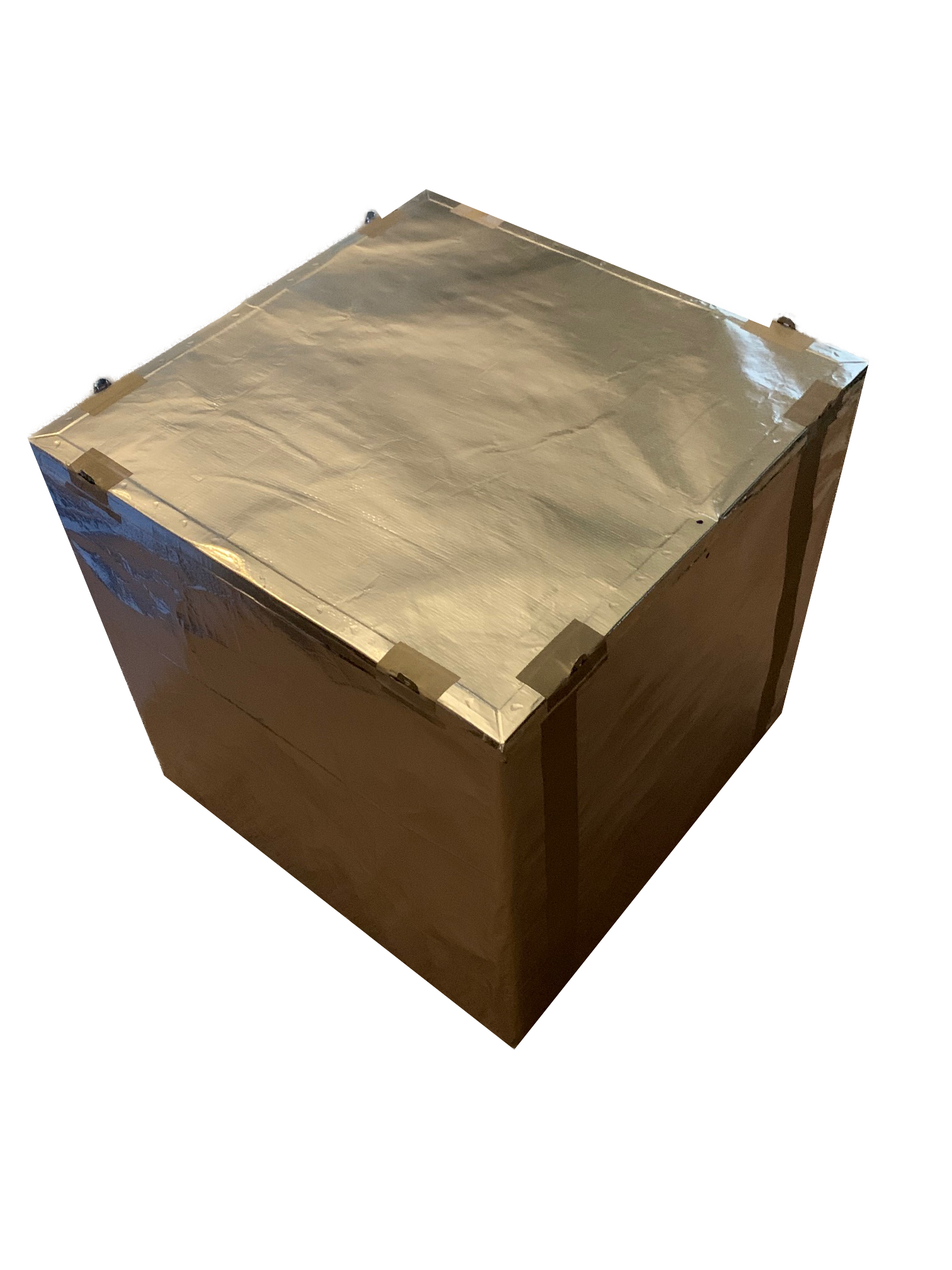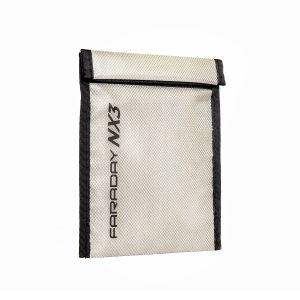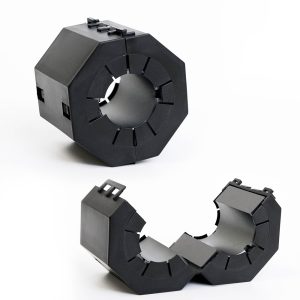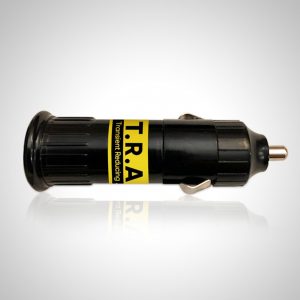Description
Determining How Much Material You Need If You Are Using Your Own Box
Conductive Barrier is 48” wide and is sold by the linear foot. For example, if you buy 1 foot, you will receive a piece of cloth measuring 1′ x 48″. This should be wide enough for most common size boxes/cages. If your box or cage is going to be larger than 48″ than you will need to have additional strips of material. It is important that you figure in 3″ of overlap if you are using multiple strips to form a proper seal. You would also tape along this seam. Note: Please make sure you calculate an extra 3″ for each side of the box so that you have enough material to properly seal the edge of the box.
Material comes in a width of 48”. Use the table below to determine how many strips of material must be used to cover the box:
| Box Width | Number of Strips Needed |
|---|---|
| between 12″ and 48” | 1 |
| between 48” and 96″ | 2 |
| between 96″ and 144″ | 3 |
| between 144″ and 192″ | 4 |
| between 192″ and 240” | 5 |
For example:
- If the box measures 36″ x 36″ x 36″, you would need 1 strip. Next calculate the length by adding the length x height of the box. Since the box is 36″ x 36″ x 36″ high you would need a length of 36″ + 36″ + 36″ + 36″ = 144″ or 12′. Then add the two sides which would be 36″ + 36″ = 72″ or 6′. The total you would need is one strip x 18′
During checkout, specify size of cover, or for assistance with ordering, click CONTACT button at top of page.
EMP Material
EMP shielding material is an excellent way to protect electronics etc. It can also be used to wrap hard-to-cover items, such as red dot sights and lasers. With a PhD in electrical engineering, I was fortunate enough to have the equipment to test more than two dozen brands of shielding material. In the end, I identified one material that meets all these criteria:
- Good shielding protection
- Pliable
- Durable
- Safe to handle
- Reasonable cost
Caution-Shock Hazard! Conductive cloth will conduct electricity! Keep away from electrical outlets or other sources of electricity.
If you have questions, please click “Contact” at the top of the page.
Step by Step Video Link





